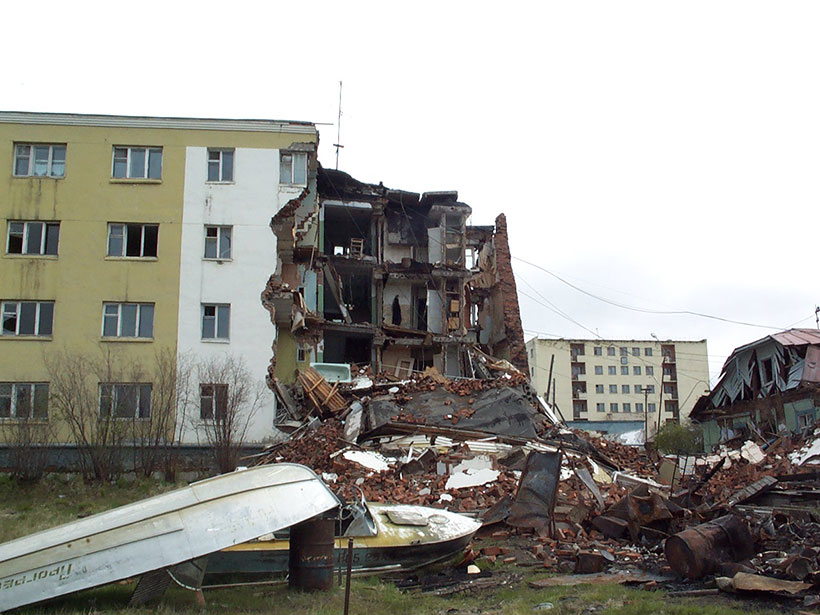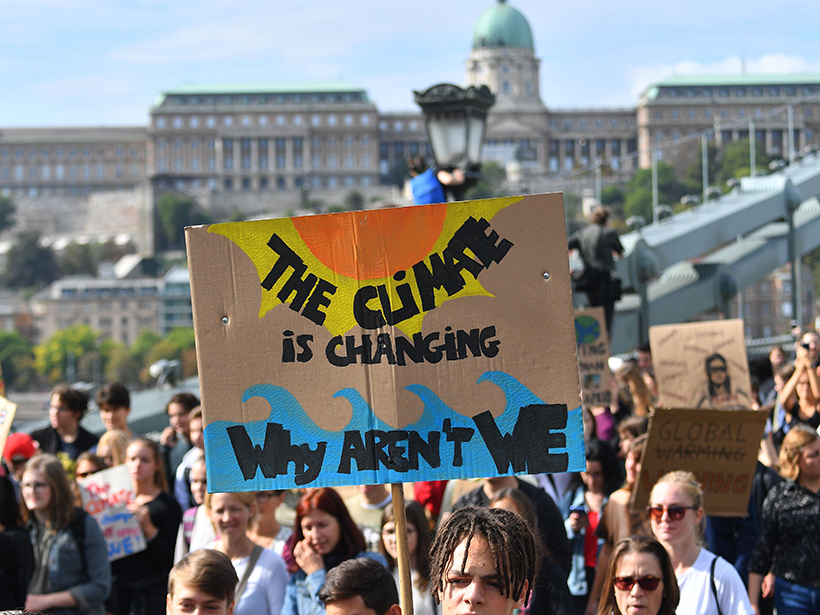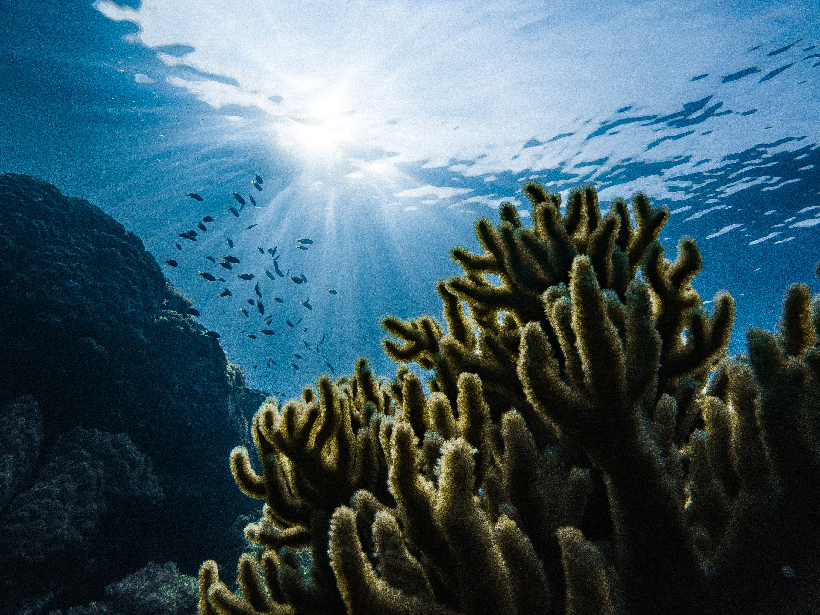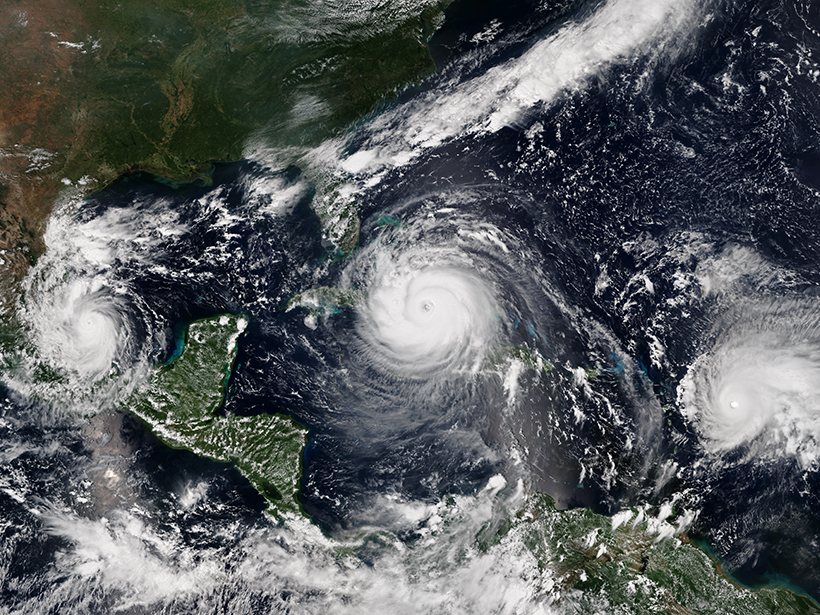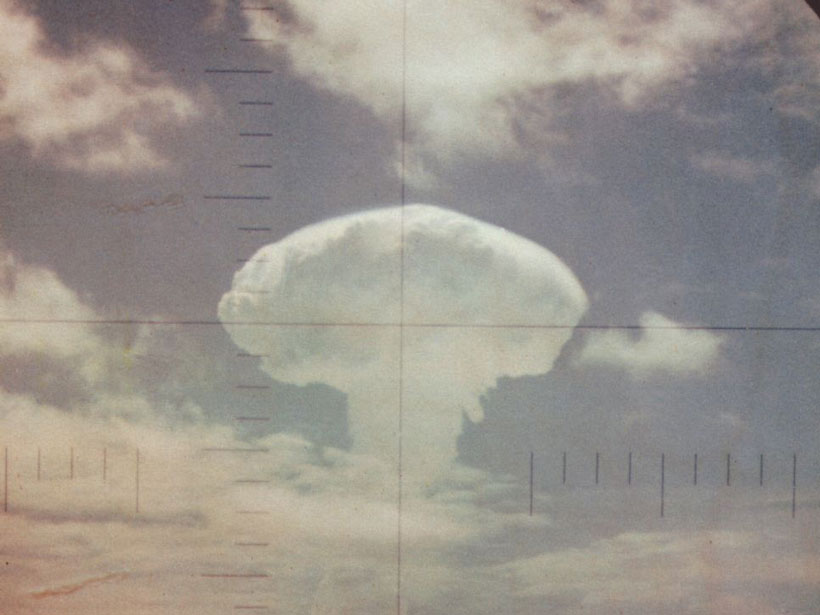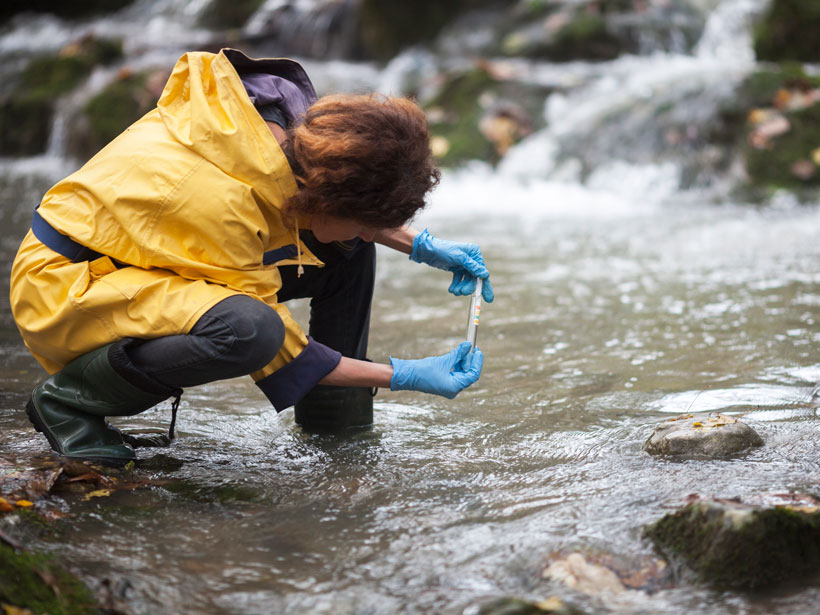Arctic infrastructure is under threat from thawing permafrost.
Jenessa Duncombe
Jenessa Duncombe, a News and Features Writer for Eos, joined the team in 2018. She graduated with her master’s degree in physical oceanography from Oregon State University in 2017 and subsequently worked as a freelance writer on research ships. Jenessa first interned with Eos, became the team’s first fellow in May 2019, and joined the staff permanently in March 2020.
Earth’s Core Is in the Hot Seat
How old is Earth’s inner core? High-pressure and high-temperature experiments suggest that our planet’s inner furnace may be much younger than expected.
“Now Is the Time” for Green Recovery, Scientists Say
Otherwise, fossil fuel emissions will return to normal.
How Machine Learning Redraws the Map of Ocean Ecosystems
Using an unsupervised learning algorithm, scientists can create new maps of ecosystem provinces in the ocean, opening the possibility of sharper data collection and monitoring.
NOAA Predicts Busy Hurricane Season
FEMA issued new guidance yesterday advising states to prepare for evacuations during the pandemic.
No Mask? You May Not Worry About Climate Change, Either
People untroubled by climate change are more likely to forgo masks in public.
What It’s Like to Social Distance at Sea
A skeleton crew braves the first research cruise since the pandemic began.
Una Guerra Nuclear Podría Generar un “Niño Nuclear”
Una sacudida al sistema climático provista por una guerra nuclear podría provocar un fenómeno de el Niño como nunca habíamos visto.
The Coronavirus Hurts Some of Science’s Most Vulnerable
Early-career researchers hang in the balance of coronavirus uncertainty.
How Financial Markets Can Grow More Climate Savvy
Take extreme weather risks into account, and markets could prove hardier in a changing world.

